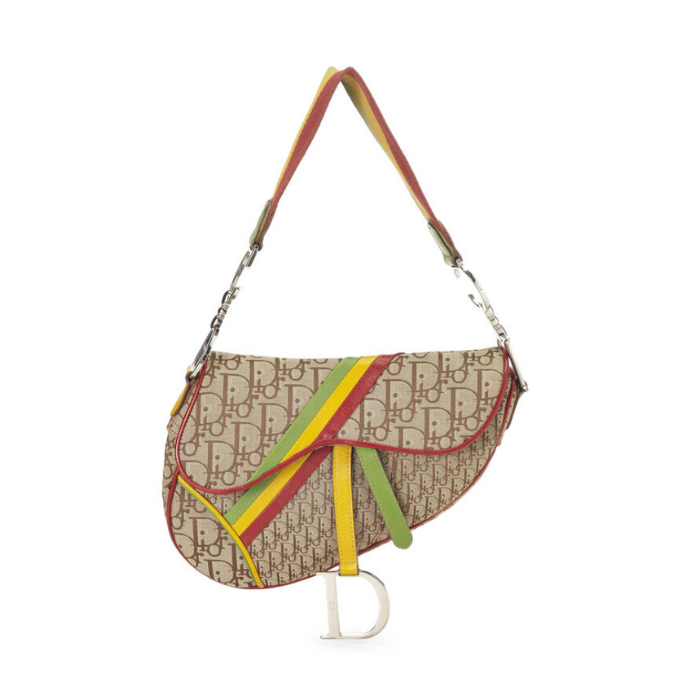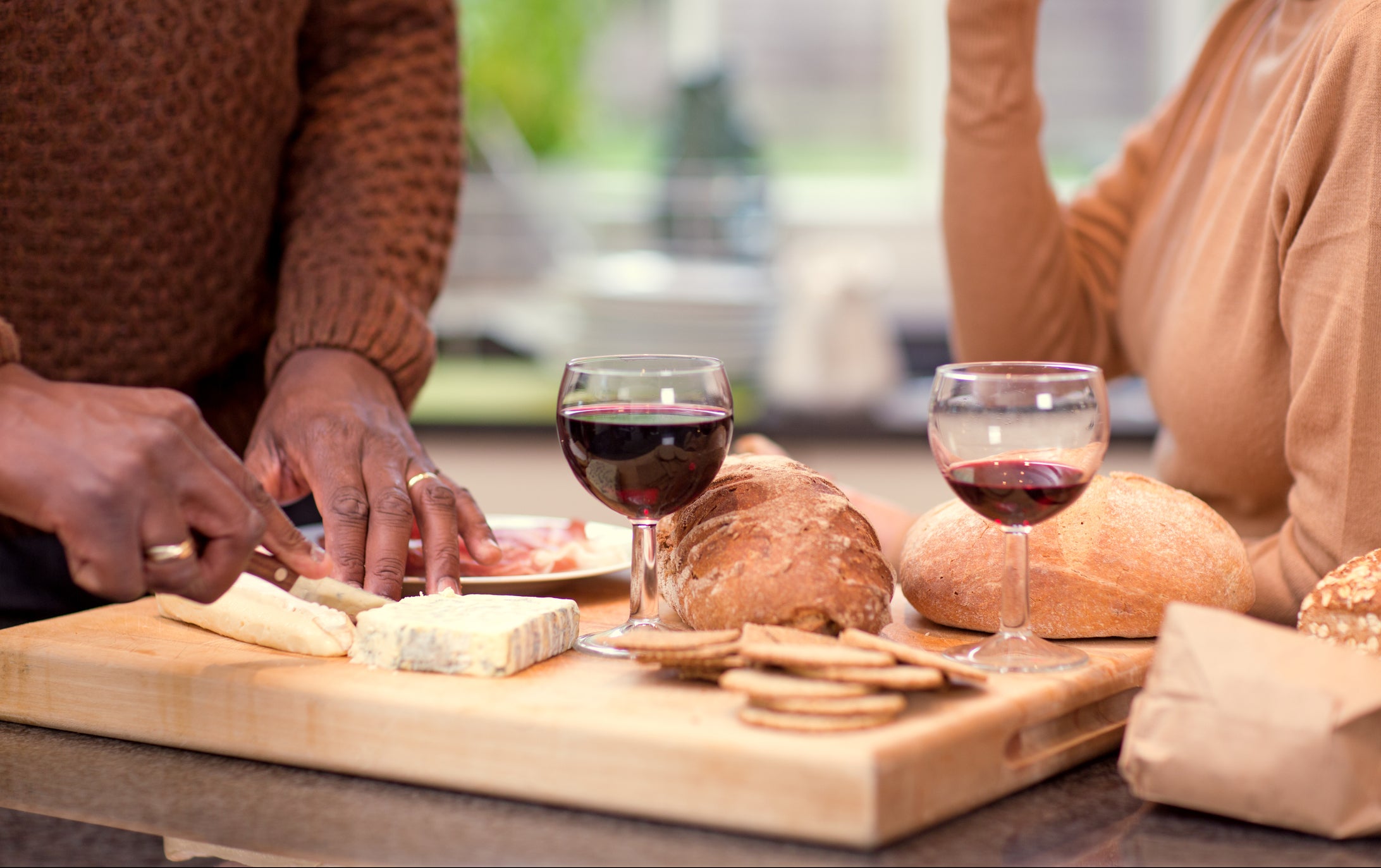
While wine and cheese may be two of life’s biggest pleasures (though not the healthiest), there’s more to it than just packing up your picnic basket with your favorite spreads for a day of fun in the sun. There are a number of considerations, such as texture, acidity, fat and tannin that will blow your mind once you’ve crafted the right combinations.
And though National Wine and Cheese Day may have passed (7/25), that doesn’t mean you can’t perfect your pairings for the next time you venture outside for a socially distanced picnic. Armed with the right information, you can create amazing wine and cheese pairings on your own. Laura Werlin, a James Beard award-winning cheese author and Wisconsin, the State of Cheese™ partner, shares three classic mistakes to avoid the next time you pack your picnic basket, so you’ll be well on your way to wine and cheese pairing bliss.
Pair red wine with soft cheese.
Have you ever considered why some cheeses just naturally taste better with your favorite wine? Well, there’s a science to that — kind of. As cheese ages and loses water-content, it becomes richer in flavor with its increased fat content, making it the ideal match for bold red wines. Why exactly? The fat content in the cheese counteracts the high-tannins in the wine. According to Werlin, “Red wine typically has more tannins and low acidity which can cause soft cheeses to taste chalky. Instead, reach for an equally full-bodied, flavorful cheese such as an aged cheddar if you must drink a red wine. The tannins act as a palate cleanser, making each bite and sip just as delicious as the last.”
Mismatch intensity and flavors.
This tip is the most important takeaway for creating your own pairings. “The pairing rule of “like with like” rings true when pairing wine and cheese,” says Welin. As a general rule wines over 14.5% ABV are more intense and taste better with more intensely flavored cheeses, while wines under 12% ABV are less intense and match nicely with more delicately flavored cheeses. She says, “in general, white wines pair best with lighter, milder cheeses. This allows the fresh, often fruity notes of the white wine to enhance the sweet creaminess of the cheese. Werlin suggests pairing most cheeses with white wines. An unoaked Chardonnay pairs well with an alpine-style, butterkase or swiss cheese while Riesling goes with asiago or parmesan, and Sauvignon Blanc with cheddar or gouda.”
Play it safe.
Though it may seem complicated at first, once you learn a few tips and tricks, you’ll be a wine and cheese connoisseur in no time. According to Werlin, pairing wine and cheese is “all about finding new flavor combinations and having fun.” Cheese should take you on an adventure of taste and texture. Get out of your comfort zone by trying something unique like Roelli’s Red Rock, a bright orange Cheddar Blue combination. Bubbles are very forgiving, so a sparkling wine is always a good choice for cheese wildcards. Want another unique idea? Grab some bubbly and pair it with a blue cheese for an unexpected dessert pairing after dinner. The crisp carbonation of the sparkling wine will cut the creaminess of the bold, blue cheese.
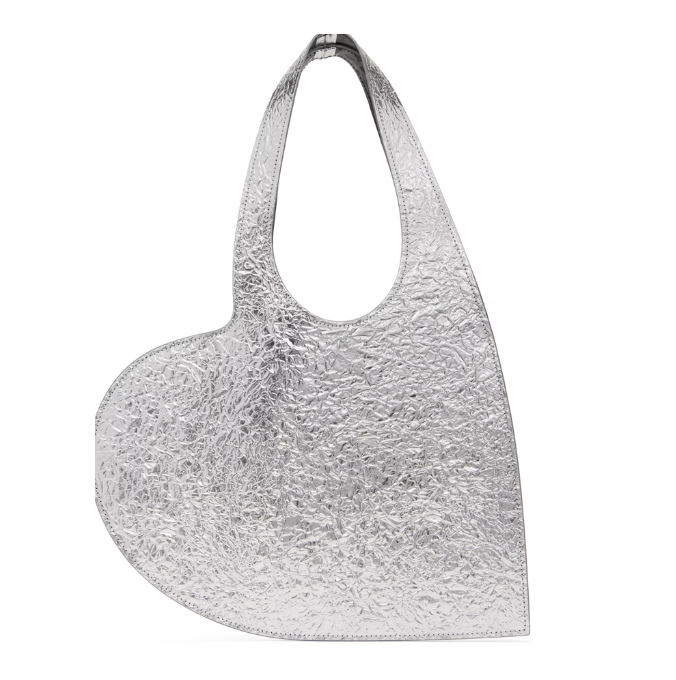
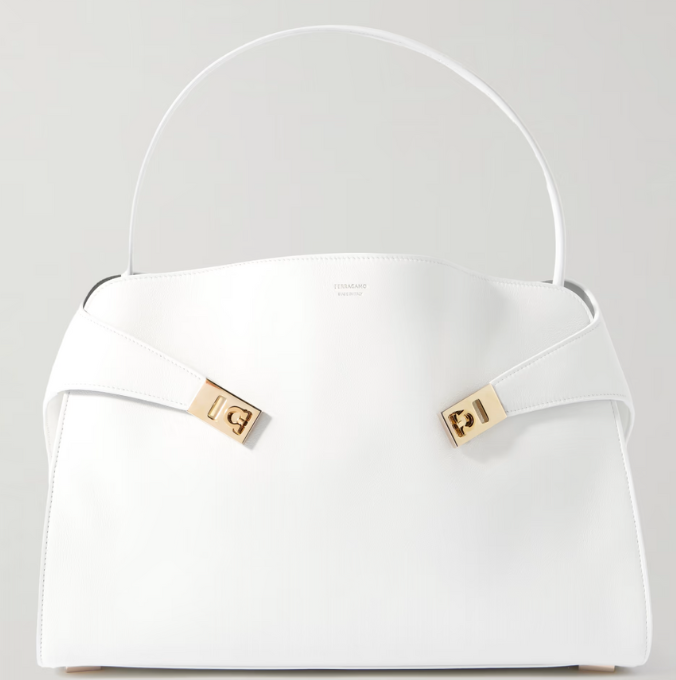
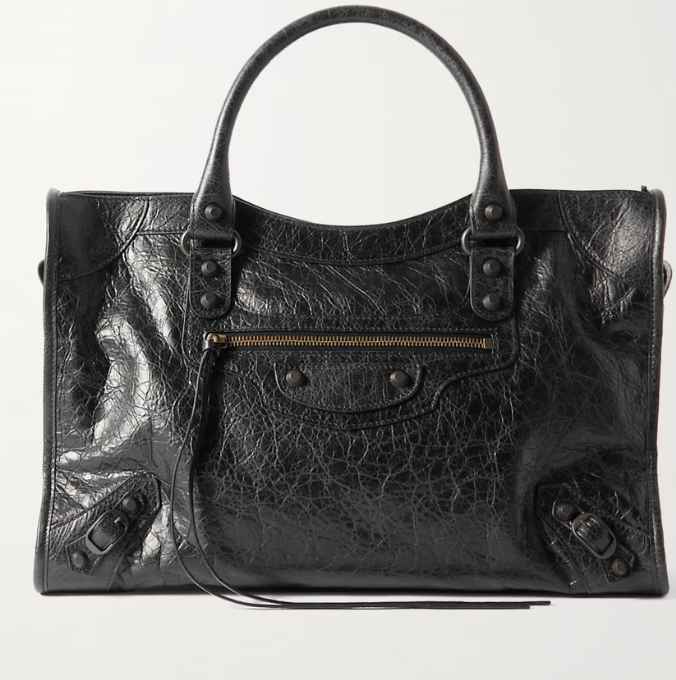
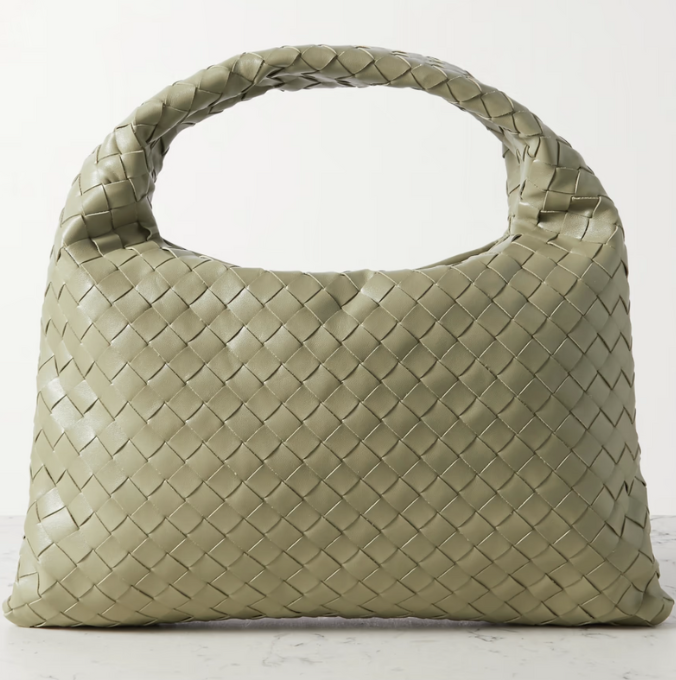
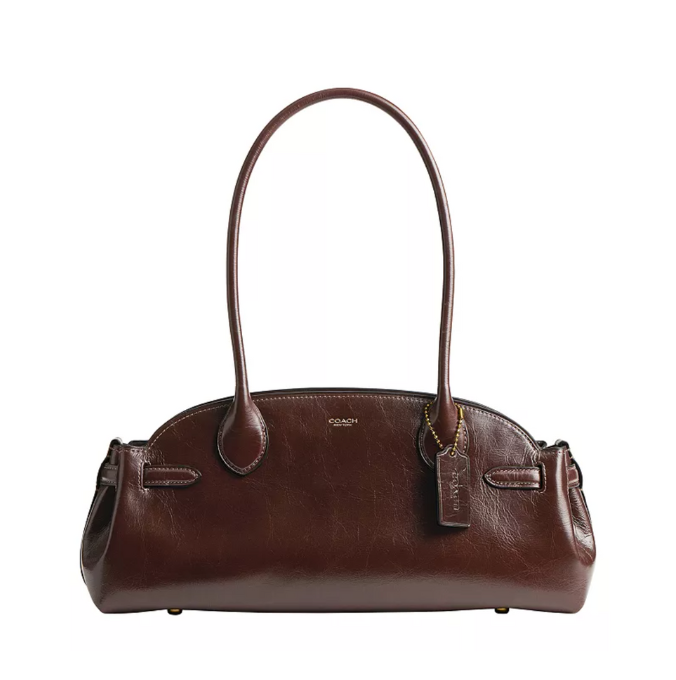
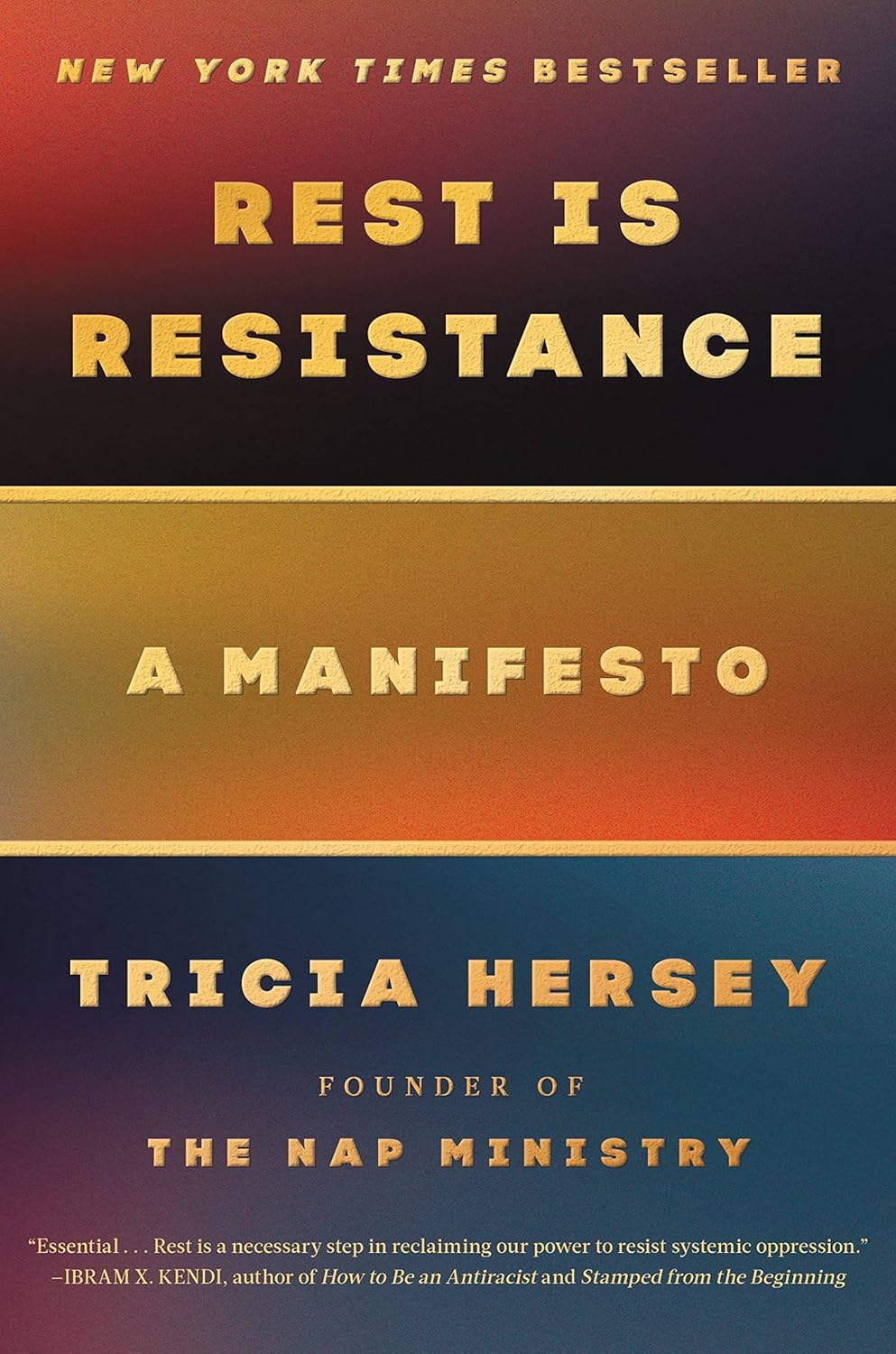
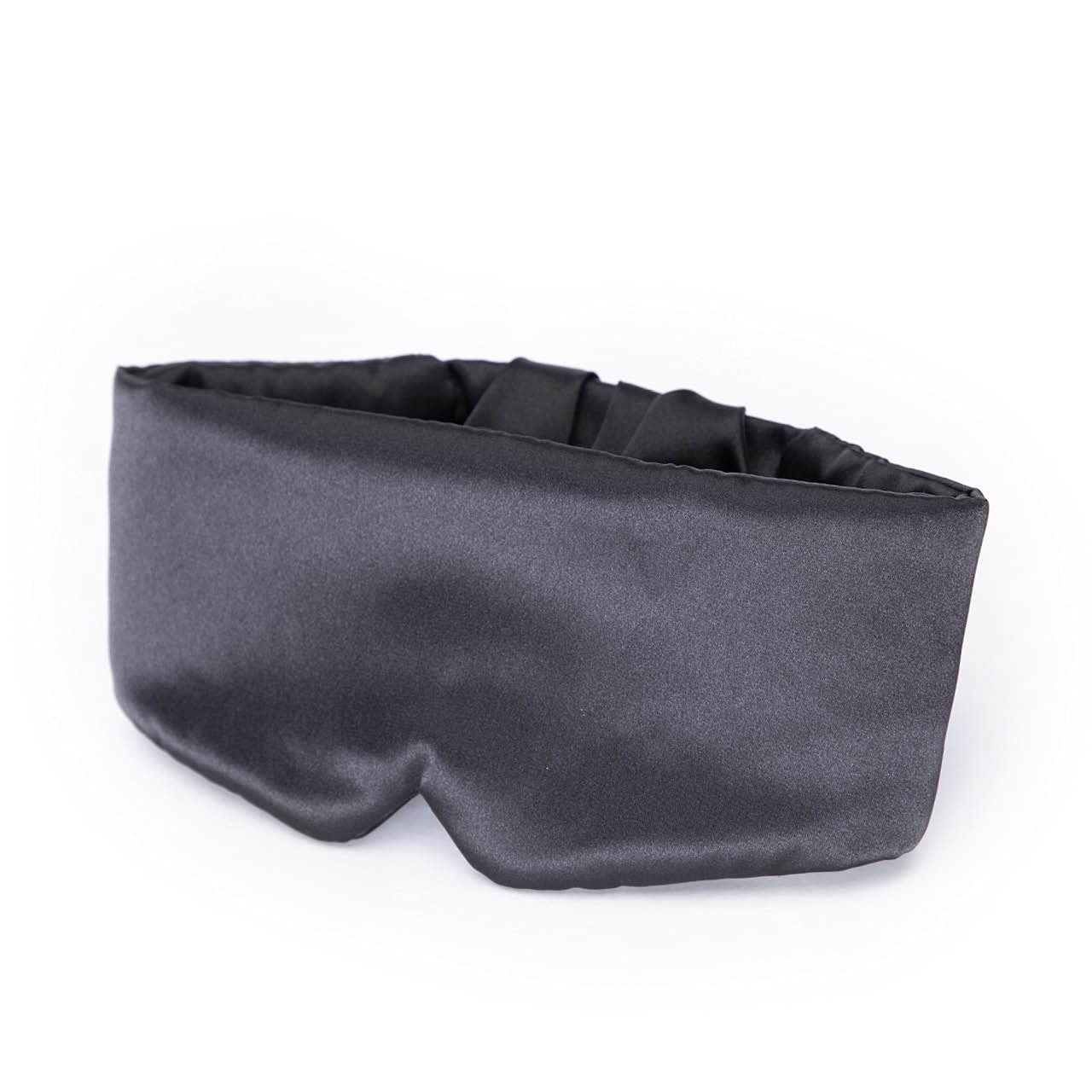
Looking to dive deeper into your wine and cheese knowledge to impress your friends for your next dinner party once “outside” opens back up? Thankfully, you can also get cheese shipped straight to your door by exploring the full directory of Wisconsin cheesemakers and retailers who offer online cheese shopping.
